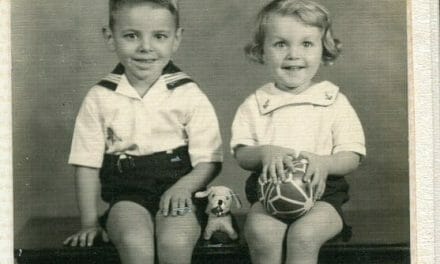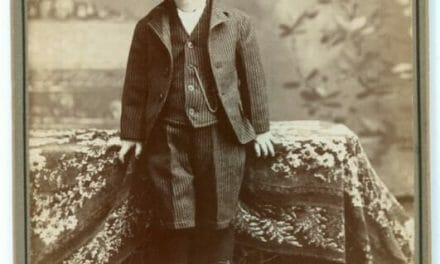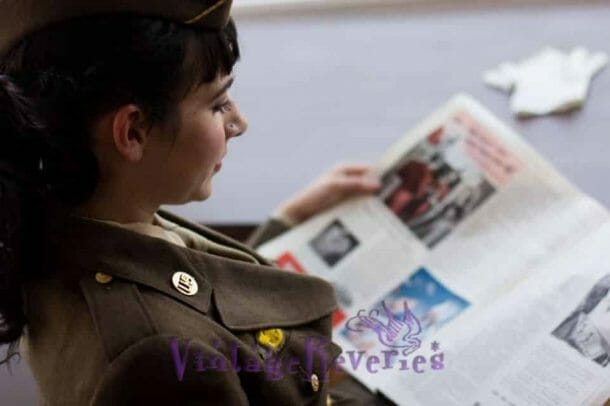
1890s Childrens Portraits

This is my second-to-last batch of turn-of-the-century photo scans, and I’ve thoughtfully divided them into two distinct groups: “children” and “adults.” Among these images, the portraits of children offer a unique glimpse into the past—a world frozen in time through the gaze of these young Victorian-era subjects. What’s particularly fascinating about this collection is how it captures not only the photography styles of the late 19th century but also the societal attitudes and values of the time.
During the 1890s, photography was no longer the exclusive luxury it had been in previous decades. The invention and popularization of the cabinet card—a larger evolution of the earlier carte de visite—meant that families could commemorate significant milestones in their lives, especially children’s growth. These cards were widely used between the 1860s and the 1900s, and by the 1890s, they had become a staple in family albums and displayed prominently in parlors.
Cabinet Cards and the Victorian Obsession with Childhood
The Victorian era was marked by an idealization of childhood, which is evident in both its art and photography. This was a time when young children were perceived as symbols of innocence and purity, a stark shift from earlier centuries when children were often viewed simply as miniature adults. Photography studios catered to this ethos, offering families beautifully staged portraits of their little ones, dressed in their finest clothing, sometimes holding toys or props to signify youth and joy.
In this batch, one of the photos has an intriguing backstory: when I picked it up to scan, a small picture that had been tucked behind the cardboard backing fell out, revealing a hidden piece of history. This wasn’t uncommon in Victorian cabinet cards—many families would use the cardstock backing as a place to store tiny mementos or related photographs. I’ve included a scan of this tiny hidden photo as well, so you can see the unexpected treasure that lay hidden for over a century.
Victorian Photography Techniques
By the late 19th century, advancements in photography technology had made portrait sessions more accessible and efficient for middle-class families. The wet collodion process, which had been dominant in earlier decades, was gradually replaced by dry plate photography, allowing photographers to work more quickly and affordably. Studios would often use elaborate backdrops, props, and lighting to create the idealized portraits their clients desired.
Children’s portraits presented a unique challenge: the long exposure times required stillness, something notoriously difficult for young ones. That’s why photos of children from this era often show them seated, supported by hidden frames, or even being held still by their parents—hidden just out of view or disguised by furniture. Looking carefully at these photos often reveals small hints of these hidden “hacks” that helped achieve the perfect image.
What These Photos Tell Us
Looking at these cabinet cards, we get more than a snapshot of fashion. We’re offered a window into the complexities of family life, social status, and cultural priorities of the 1890s. The children in these portraits are often dressed in elaborate outfits, reflecting the status of their caregivers. Lace collars, bows, beribboned dresses for girls, and miniature suits for boys were the height of fashion. For working-class families who may not have been able to afford fancy everyday clothes, having a portrait taken in luxurious attire was a way to commemorate their best selves.
In addition to serving as keepsakes, these photos could also act as status symbols. The wealthier the family, the more elaborate the child’s dress and the quality of the portrait. Sometimes, these photos were also commissioned in memory of children who had passed—part of the Victorian tradition of memorial photography. While slightly macabre by today’s standards, such practices were deeply meaningful in an era where childhood mortality rates were tragically high.
A Piece of the Past, Preserved
As I scanned this collection, I couldn’t help but imagine the stories behind these pictures. Who were these children, and what were their lives like? What were their ambitions—or were they perhaps too young to dream of their futures yet? Did they ever hold these very photos in their hands to marvel at how they once looked?
The photographs themselves were often cherished family treasures, passed down through generations—until, somewhere along the line, they ended up forgotten in an attic, at an estate sale, or in a thrift store.
One of the reasons I chose to preserve and share these images is because they are more than just relics of the late Victorian era; they are fragments of countless untold stories, waiting to be remembered and pieced back together. Each face holds a mystery, each detail tells a story.
As this is my second-to-last batch of these photo scans, I hope you’ll take a moment to appreciate the whimsy and wonder preserved in these cards, as I did. From the lace and ribbon detailing in the children’s clothing to the carefully posed compositions, these portraits hold a charm that speaks of a bygone era. They remind us that while time marches on, the innocence and curiosity of childhood remain timeless.






























You must be logged in to post a comment.